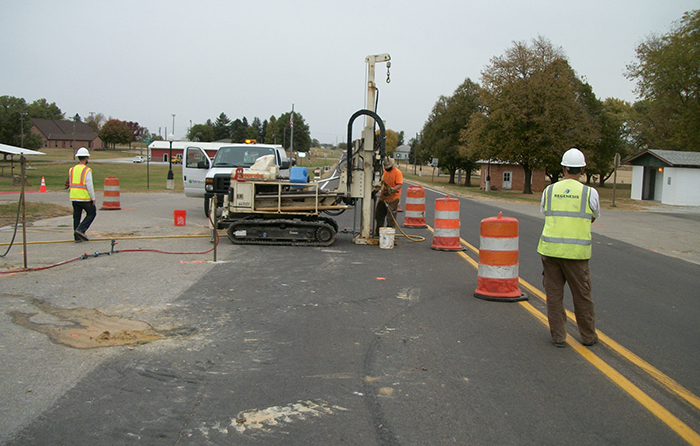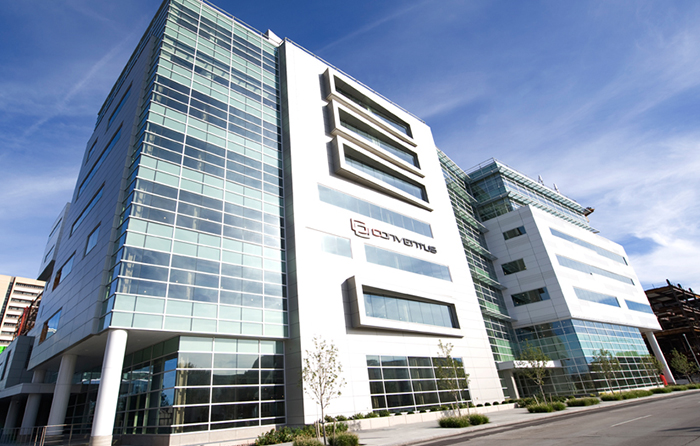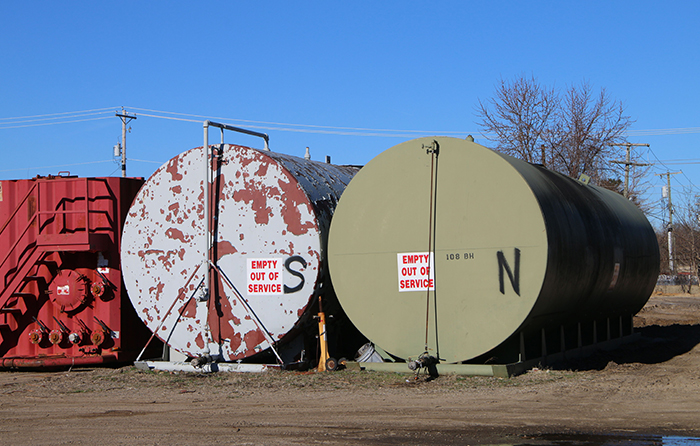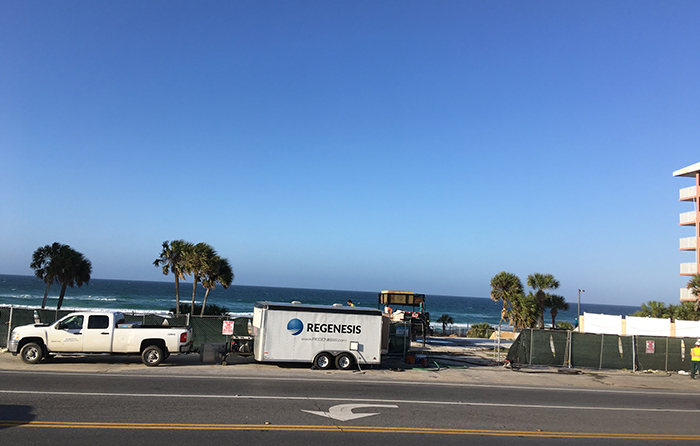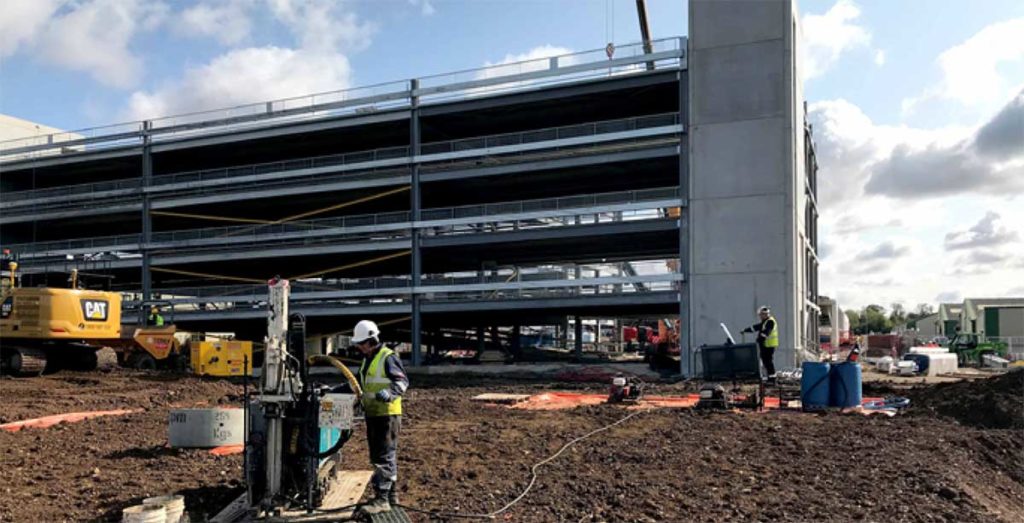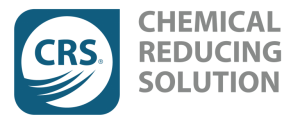Petroleum Hydrocarbon Plume Treated to Non-Detect within 50 Days
This case study reviews an active gas station in Nebraska that was adversely impacted by a dissolved‑phase, hydrocarbon plume. The treatment solution from REGENESIS was successful in reducing the concentrations of BTEX, TPH-G, and MTBE to non-detect levels. REGENESIS conducted a thorough and innovative DVT program prior to remediation in order to ensure an effective remedial design. They used the DVT to produce a design which fit the precise needs of the site as well as the client’s budget. After the successful treatment, the consultant continued to monitor the groundwater trends until the Nebraska Department of Environment and Energy (NDEE) granted the site closure status. The on-site gas station has remained open for business.
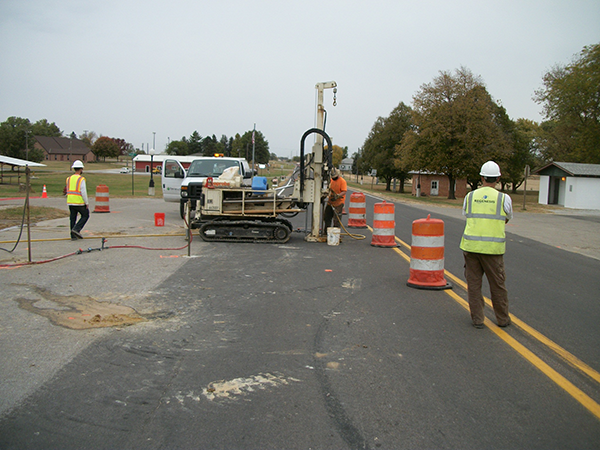
Case study highlights:
- Thorough Design Verification Testing (DVT) program helped to create a unique design for effectively treating the contaminant plume.
- Cost-effective design and application required a single application event.
- The remedial approach successfully treated a 200 ft. long dissolved phase hydrocarbon plume within the first 50 days.
6m 52s reading time
Excavation With RegenOx Successfully Treats Large PHC Plume
This case study reviews a former gas station site in Buffalo, New York that required remediation due to leaking underground storage tanks. Together with REGENESIS, C&S Consulting designed an in situ remediation strategy to target the residual contaminant plume. RegenOx® in situ chemical oxidant was chosen because of its ability to target petroleum hydrocarbons and its non-corrosive properties. As part of the New York State Department of Environmental Conservation (NYSDEC) Brownfield Cleanup Program, C&S designed a complex remediation program to ensure a quick and affordable solution. Petroleum contamination extended from 10 to 40 feet below grade. The site was excavated to 26 feet below ground surface to remove residual contamination and to enable equipment staging and material handling areas to support the deeper excavation area.
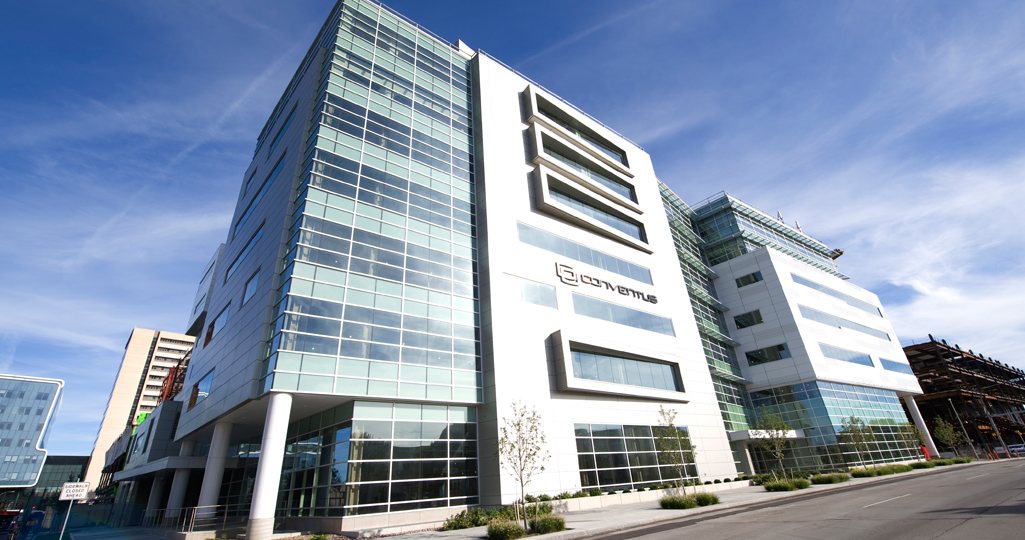
Case study highlights:
- After previous consultants attempted remediation without success, C&S created a remediation strategy that successfully reduced the plume.
- The combined remedy approach of excavation and ISCO exceeded the remediation goals.
- Successful remediation enabled the construction of a 350,000 sq. ft. $110 million facility at the Buffalo Niagara Medical Campus.
Cost-Effective Treatment To Address PCE At Former Dry Cleaning Site
This case study reviews a former dry cleaning site in an upscale Chicago suburb was contaminated with chlorinated solvents, specifically perchloroethylene. The former dry cleaner location is in a busy commercial area on a major thoroughfare and adjacent to upscale residential townhomes. Various treatments including soil excavation and removal and thermal desorption were considered, but were not feasible because they were too costly and disruptive to businesses and residents.

Case study highlights:
- Soil mixing with PersulfOx cost less than half of the thermal desorption treatment.
- Very aggressive remediation goals were met on a quick timeline.
- One application of PersulfOx was powerful enough to reduce contaminant levels from 18,000 ppm to 150 ppm.
Combined Amendment Approach Treats Chlorinated Solvents
This case study reviews a formerly undeveloped site in downtown Jacksonville that was impacted with chlorinated solvents in the groundwater and metal-impacted soils. To treat the chlorinated solvent groundwater plume, Terracon selected multiple technologies from REGENESIS, including PlumeStop, zero-valent iron (ZVI), Bio-Dechlor Inoculum Plus (BDI Plus), and Hydrogen Release Compound (HRC). The site required remediation prior to moving forward with development. Ryan Companies US, Inc. (Ryan) was under contract to purchase the property from the site owner and was seeking an expedited closure of the site prior to completion of construction. Ryan plans to develop the site with a nine-story office building and an associated nine-level parking deck. Site rehabilitation through remediation and regulatory closure is being sought through Florida Department of Environmental Protection (FDEP) voluntary cleanup. Environmental engineering and consulting firm Terracon evaluated a variety of remedial technologies as well as existing site conditions to determine the most appropriate application for the site.

Case study highlights:
- Combined remedy approach ensured effective remediation.
- FDEP Voluntary Cleanup program provided tax credits making the remediation and redevelopment possible.
- Remediation allowed the undeveloped block to be developed into a nine-story office building in a growing area of downtown Jacksonville.
6m 39s reading time
Innovative Approach Reduces Benzene To Achieve Closure
This case study reviews a gas station site in Greenville, Alabama where petroleum hydrocarbon contamination was present in the subsurface for decades. PersulfOx, PlumeStop, and ORC Advanced were applied to quickly reduce benzene levels to non-detect, resulting in successful regulatory closure. This site is part of an environmental liability transfer and Antea Group®, an international engineering and environmental consulting firm, assumed the liability for this site. Antea Group required an effective remedial solution that would result in rapid site closure. Antea Group partnered with REGENESIS® to create a remedial design using an in situ chemical oxidation (ISCO) treatment paired with an aerobic bioremediation technology to ensure a complete treatment of this site.
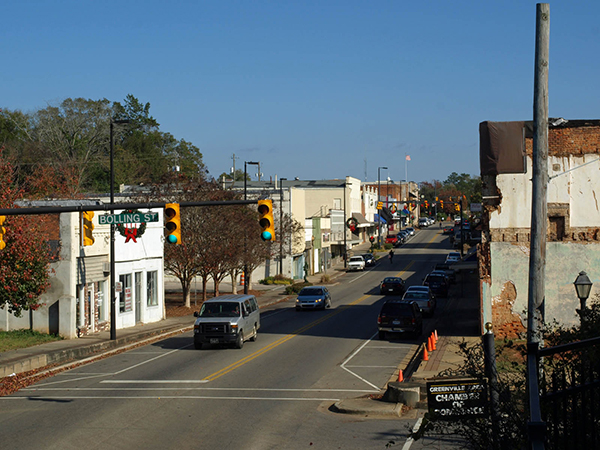
Case study highlights:
- Exceptional benzene reduction using PersfulOx quickly reduced contaminant levels within a short timeframe.
- Design Verification Testing (DVT) fine-tuned the application to increase effectiveness.
- Addition of PlumeStop application ensured against back diffusion to help reach site closure.
5m 16s reading time
PetroFix Pilot Study Leads to Full-Scale Application
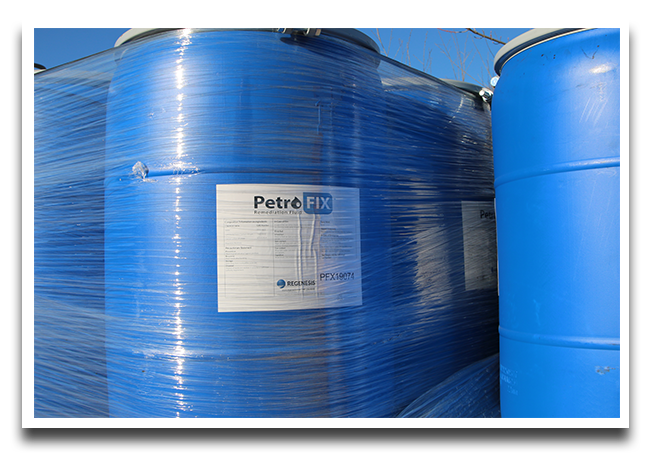 This case study reviews a former bulk petroleum storage facility where a groundbreaking application of PetroFix® Remediation Fluid, a micro-scale carbon suspension with soluble electron acceptors, is successfully treating petroleum hydrocarbons to IDEM standards.
This case study reviews a former bulk petroleum storage facility where a groundbreaking application of PetroFix® Remediation Fluid, a micro-scale carbon suspension with soluble electron acceptors, is successfully treating petroleum hydrocarbons to IDEM standards.
REGENESIS worked with Patriot Engineering and Environmental to develop a remediation solution using PetroFix, which is uniquely designed to address petroleum hydrocarbon contaminants.
The site was considered a viable candidate for the beta test, due to the high contaminant levels and provided a good test of the product’s performance at high concentrations. REGENESIS and Patriot agreed to move forward with the development of the beta test with the intention of evaluating its possible full-scale use following the results of the test. The promising results from the beta test and 12 months of post-injection monitoring indicate PetroFix to be a viable remedial option for this site.
This case study features the following:
- Beta test of PetroFix provided promising results leading to a full-scale application
- At just one month post-injection, the petroleum VOCs and gasolinerange organics were essentially eliminated from the groundwater and remain so at nine months
- PetroFix remedial solution is designed to remediate petroleum contamination completely at the lowest total cost to closure
- Collaborative remediation success between Patriot, Microbial Insights, and REGENESIS
Non-Detect Achieved at Florida Spill Site
This case study reviews a multi-use convenience store site in Panama City Beach, Florida, USA, impacted by contamination from a leaking underground storage tank (UST). PetroFix® Remediation Fluid, a micro-scale carbon suspension with soluble electron acceptors, was applied to reach target goals within 60 days.
PetroFix is successful in high concentration source areas because it provides a permanent, in situ sorptive and biologically permeable reactive barrier (PRB).
Advanced Environmental Technologies, LLC (AET) chose this technology because it offered a cost-effective solution that would quickly address the groundwater concentrations.
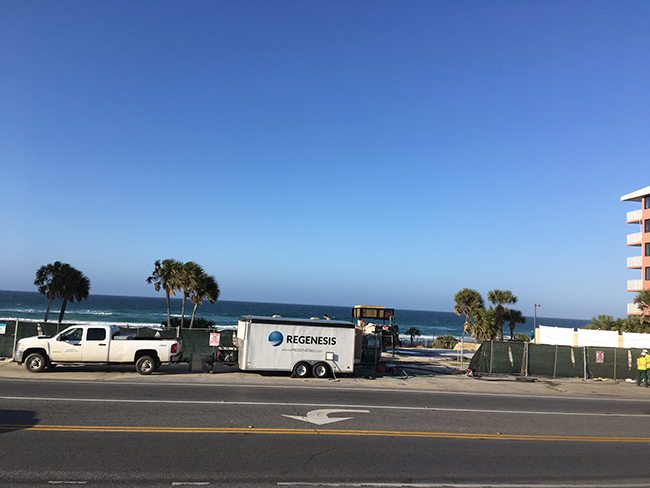
This case study features the following:
- Unlike other approaches applied onsite, PetroFix met targets within 60 days and has remained below this target level for a year
- PetroFix was able to degrade the petroleum contaminants within a fast-moving, 150-yard plume
- Due to the successful pilot test results, Advanced Environmental Technologies, LLC (AET) has applied for a full-scale application through the FDEP
PetroFix Successfully Treats Residential Fuel Oil Leak
This case study reviews a residential site in the US, where the groundwater was contaminated with 200 gallons of home heating fuel oil. PetroFix Remediation Fluid reduced the heating oil constituents to below detectable limits, resulting in successful regulatory closure.Read More
PetroFix and ORC Advanced Application into Excavation
This case study reviews a former retail petroleum (petrol station) site in the US, where Antea Group developed an excavation plan including an in situ remediation phase using PetroFix® and ORC Advanced® pellets to address contaminant levels following the excavation and removal of contaminated soil.
This marks the first site where the remediation plan employs applying a mixture of both PetroFix and ORC Advanced pellets at the base of the excavation, along with spray-applying PetroFix to the sides of an excavation pit. Antea Group was tasked with the remediation of the site. Working with the REGENESIS team, Antea Group specified the application of PetroFix in conjunction with the excavation due to the product’s ability to sorb and biodegrade petroleum hydrocarbons.
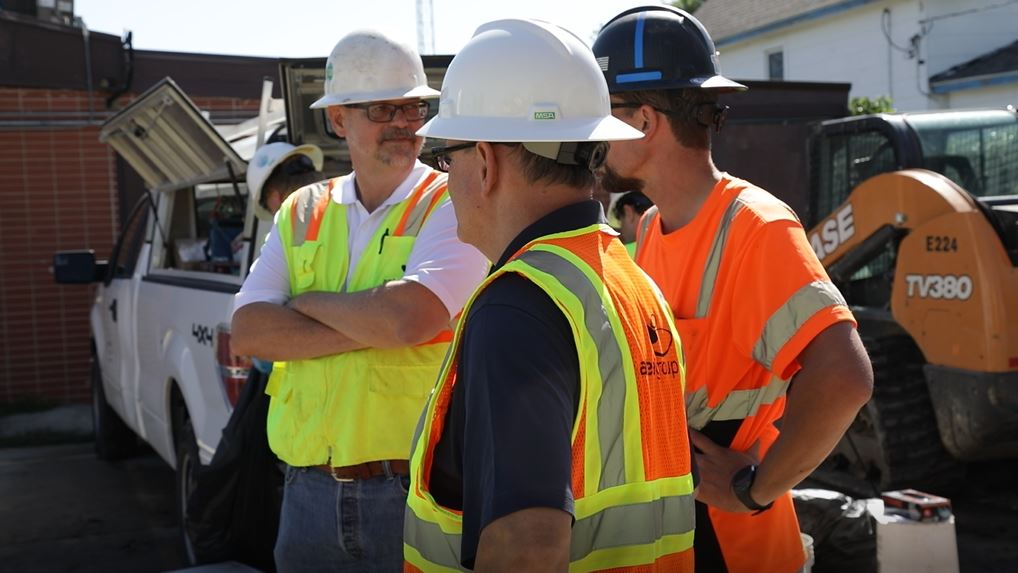
This case study features the following:
- Success at this site can shape and improve the treatment of other similar sites.
- PetroFix technology allowed Antea Group to design a remediation strategy that was fast, affordable, and highly effective.
Combined approach to remediate chlorinated solvents in Cambridge, UK
In Situ Chemical Reduction (ISCR), Enhanced Reductive Dechlorination (ERD) and bioaugmentation used on active construction site to allow redevelopment to be completed
Summary
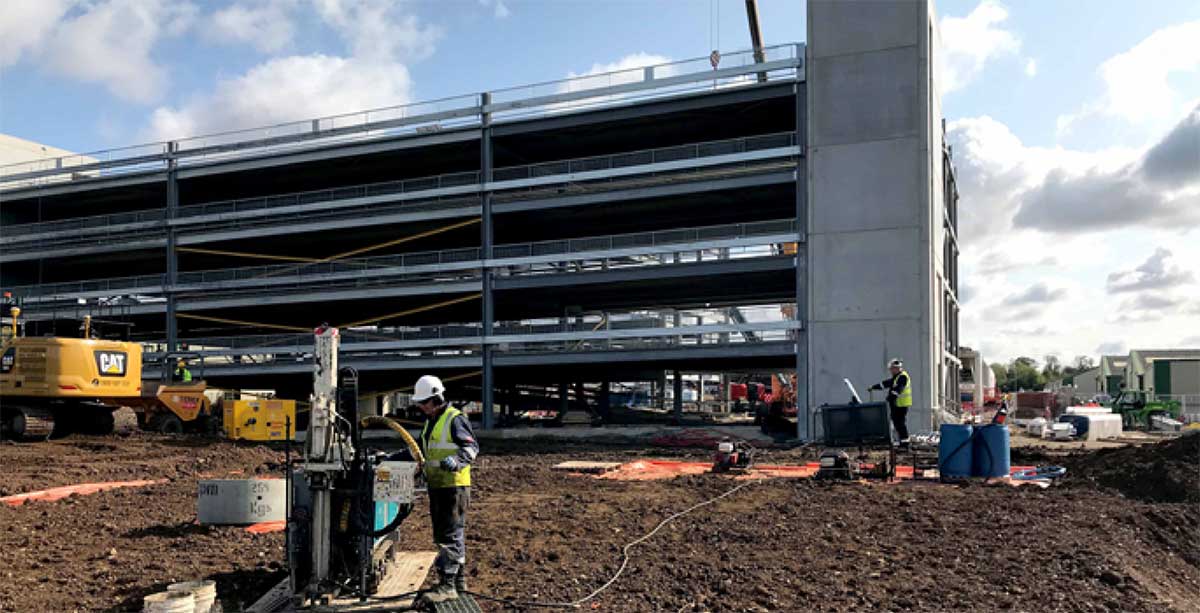 This site is currently undergoing redevelopment from a former industrial estate and trade park, into a business park. The underlying groundwater is impacted with chlorinated solvents from an adjacent industrial site. REGENESIS provided an in situ approach that could provide full reductive dechlorination of the contamination from a single injection, allowing redevelopment to occur during the remediation period.
This site is currently undergoing redevelopment from a former industrial estate and trade park, into a business park. The underlying groundwater is impacted with chlorinated solvents from an adjacent industrial site. REGENESIS provided an in situ approach that could provide full reductive dechlorination of the contamination from a single injection, allowing redevelopment to occur during the remediation period.
1m reading time
Application
It was decided that a combination of In Situ Chemical Reduction (ISCR) using Chemical Reducing Solution (CRS) and Enhanced Reductive Dechlorination (ERD) using 3-D Microemulsion (3DME) as well as bioaugmentation with Bio-Dechlor Inoculum Plus (BDI+) would be applied at this site. This combined approach was designed to provide rapid contaminant degradation, minimised daughter product creation and long term treatment from the single injection. The treatment used seven direct push injection points to accurately target the contamination in a heterogeneous gravels, sands and clay.
What’s Special?
- The ISCR, bioaugmentation and biostimulation approach was used to optimise the remedial approach by combining:
- Wide radii of influence to minimise the number of injection points required
- Rapid onset of ERD
- Minimisation of daughter product creation
- Long-term treatment from a single application
- The application took only one day, with remediation occurring in situ, allowing the site development to continue unimpeded.

 Americas
Americas Europe
Europe Français
Français Deutsch
Deutsch Italiano
Italiano Español
Español